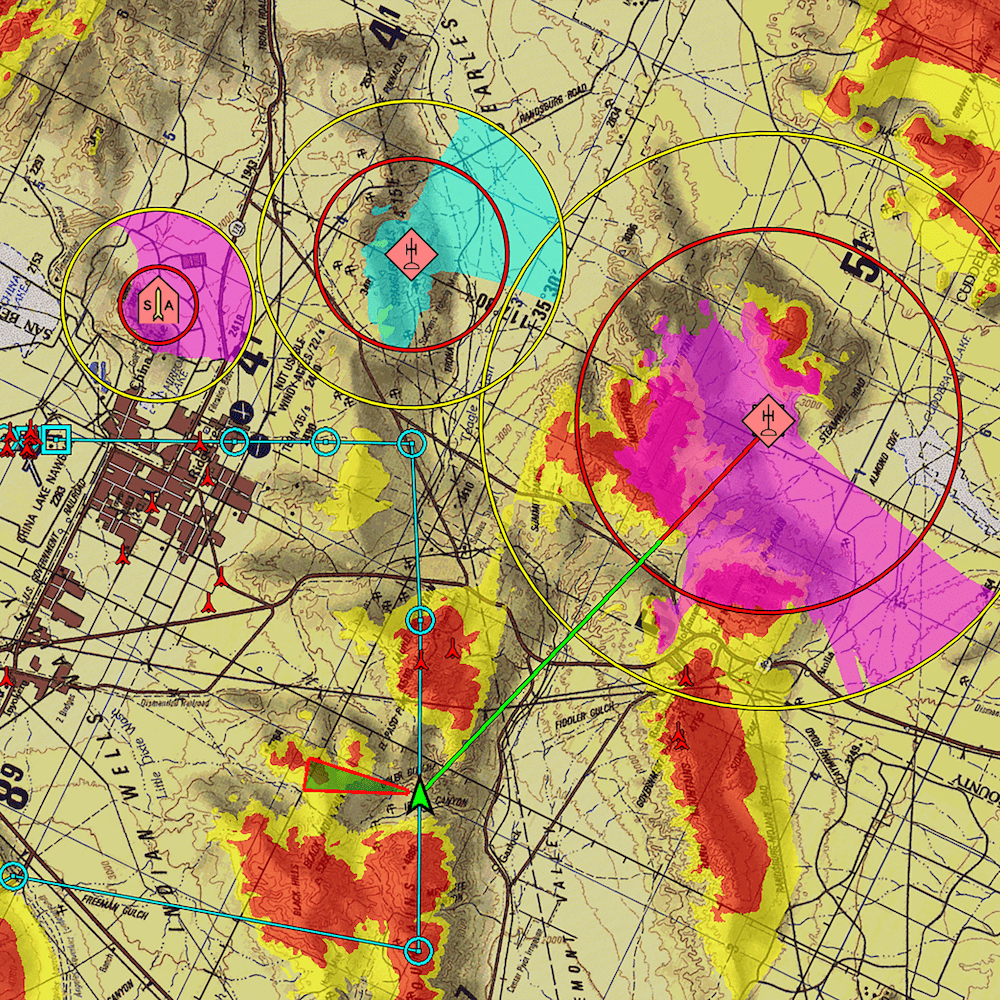
Through a a joint Cooperative Research and Development Agreement (CRADA), Ansys is supplying its SCADE software development tool and L3Harris its FliteScene digital moving, pictured here, in an effort to advance the use of software aligned to the FACE Technical Standard for the U.S. Army. Photo: L3Harris.
Under a cooperative research and development agreement, Ansys and L3Harris Technologies are working with the U.S. Army Combat Capabilities Development Command (CCDC) Aviation & Missile Center (AvMC) to advance the use of the Future Airborne Capabilities Environment (FACE) technical standard in military cockpit displays.
The aim of the two-year Cooperative Research and Development Agreement (CRADA) is to utilize L3Harris Technologies and Ansys-developed software aligned to FACE Technical Standard hosted on a “Crew Mission System (CMS) platform for a next generation cockpit display station,” according to Ansys. Through the CRADA, Ansys will supply its SCADE software toolset while L3Harris is making its FliteScene digital moving map software available for research and development.
Joe Carter, U.S. Army Program Executive Office Aviation G10 Tactical Branch Chief and FACE Consortium Steering Committee chair, said the goal of the research activity is to “help exercise and mature the FACE Technical Standard allowing rapid integration of capabilities for our warfighters.”
“Adding new capabilities into our enduring platforms has been costly in both time and money. With emerging threats and limited resources, we simply have to provide more capabilities to our warfighters faster with less funding,” Carter said in a March press release announcing the new initiative.
The Ansys SCADE software toolset is designed to enable a complete workflow ranging from FACE modeling through DO-178C (up to DAL-A) certifiable code-level generation. This capability can streamline the development effort of embedded control/display/human machine interface applications aligned to the FACE Technical Standard and is compliant to the ARINC 661 standard, according to Brian Rachele, business development manager for model-based engineering at Ansys.
“Metrics provided by the US Army for the UH-60V cockpit digitization program (released under Distribution A) shows a 3x improvement in productivity for model-based software development with SCADE as compared to traditional manual coding,” Rachele told Avionics International.
Along with the alignment to FACE, a key goal for the research initiative is to develop cockpit display software for embedded control/graphics/HMI applications which include requirements for the ARINC 661 Standard. The ARINC 661 Standard is based on client-server architecture approach which defines a Cockpit Display Server (CDS) and User Applications (UA’s).
“Compared to legacy flight deck and cockpit designs, this inherently modular architecture enables more streamlined platform integration, improved interoperability between various developers/suppliers, and reduced long-term certification costs to add new capabilities,” Rachele said.